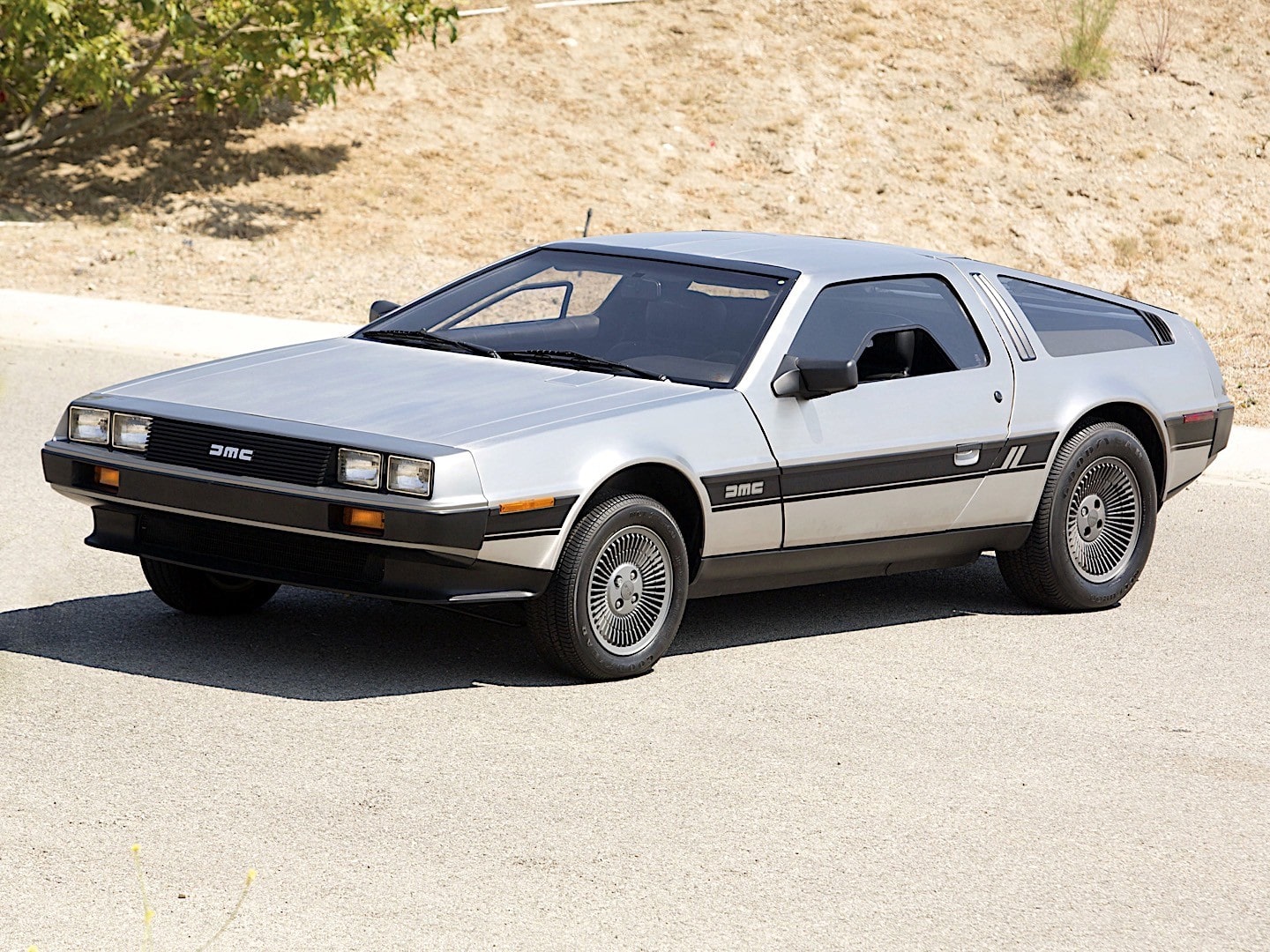Brands like Ford, General Motors, and others have become synonymous with the auto industry and cars overall. But many lesser-known car companies have come and gone over the years. Brands like American Motors (AMC), DeLorean, and even International have entered and exited the automotive market. Those brands that disappeared all brought something to the table at one point in time.
But ultimately, these companies had many issues with funding, sales, and/or design flaws. Some companies like Packard tried new designs and technology far ahead of their time. The aforementioned AMC was a company once ahead of the pack but it fell behind by the 1970s and ’80s. Automotive brands like DeLorean had great concepts, but the final product didn’t resonate with consumers. Check out these lesser-Known car brands that disappeared from the auto world forever right here.
DeLorean Motor Company

DeLorean Motor Company, or DMC for short, was founded by legendary automotive executive John DeLorean. The brand debuted on the market in 1975. The company goal was to build a different kind of sports car. Delorean sought government assistance by building the DeLorean factory in an area with high unemployment. The original DeLorean factory was built in 1978 in Belfast, Northern Ireland. The DMC DeLorean is a mid-engined car, what a performance car from this era should be (via Britannica).

Unfortunately, the DMC was the only model the company produced. The automotive media lambasted the car for its underwhelming performance number of 0-60 in 10.5 seconds. They also didn’t like the inability to choose any color other than stainless steel. The fact that the car couldn’t be painted caused a lot of frustration among consumers who would have otherwise purchased a DMC. Coupled with John DeLorean’s takedown by the FBI, the brand was bankrupt by the early 1980s.
